Migration study shows importance of IBAs
Guest blog by Majd Abu Zaghlan
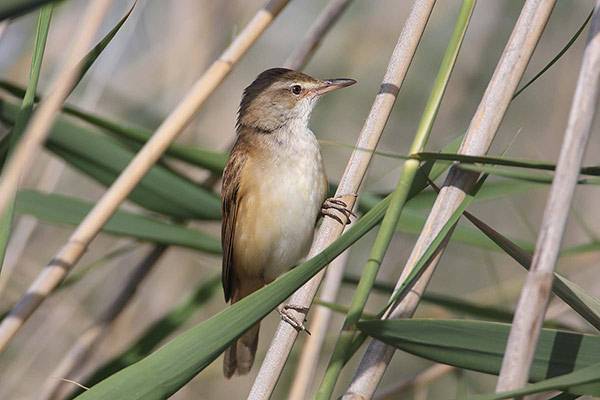
A new study has shown that Important Bird Areas (IBAs) in the Arabian Peninsula are vital for the successful migration of warblers that depend on wetlands. The study examined Great Reed Warbler migration routes using Geolocator tracking devices.
https://americanornithologypubsblog.org/.
. ./
Information was collected on the migratory patterns of Great Reed Warblers
breeding in eastern Turkey, including their wintering regions in Africa, and
the migration routes of their journeys. In addition it discovered the number of
IBAs that they potentially encountered during the course of their migration –
over 50 in the Middle East – and the degree of protection that these areas
receive.
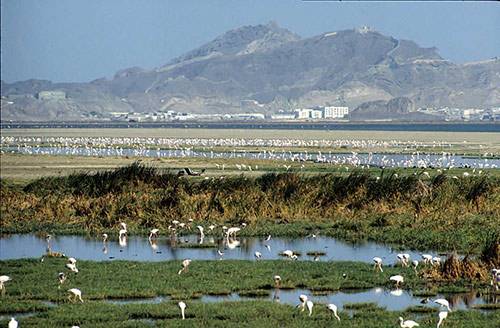
Photo: © RF Porter
It revealed that during the autumn the warblers flew c3,600 kilometers from Turkey into South Sudan, crossing the Middle East and Arabia. Further, it identified their stopover and wintering locations – essential information for the conservation effort needed to protect our wetland-dependent birds. Sadly many of these sites do not receive protection.
Great Reed Warblers in the study visited a minimum of 11 countries on two continents and encountered 277 IBAs throughout the year. Almost 50% of the wetlands and IBAs where these birds spent an extended period spanned two or more political boundaries. This makes conservation efforts difficult, but essential, as the wetland sites on their migratory route are not well protected. For example, the Bab-al-Mandeb Straits are an important migration bottleneck for these warblers, yet none of the IBAs within its catchment have any formal protection.
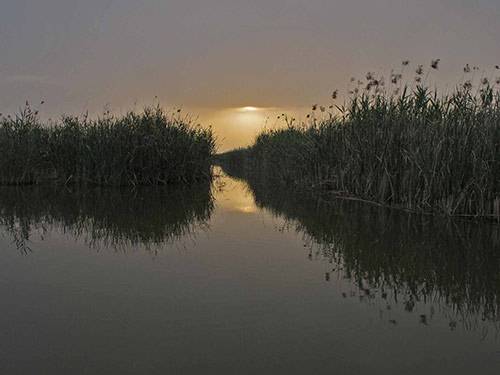
Photo: © RF Porter
The study highlighted the fact that 25% of the world’s 608 bird species that primarily inhabit wetlands are listed as globally Threatened or Near Threatened by the International Union for the Conservation of Nature. Moreover nearly 70% of the 80 species that are totally dependent on wetlands, are globally Endangered. These include the Aquatic Warbler Acrocephalus paludicola and Basra Reed Warbler Acrocephalus griseldis. Critical stopover sites for Great Reed Warbler are the marshes of southern Iraq, which are also vital breeding grounds for the Basra Reed Warbler.
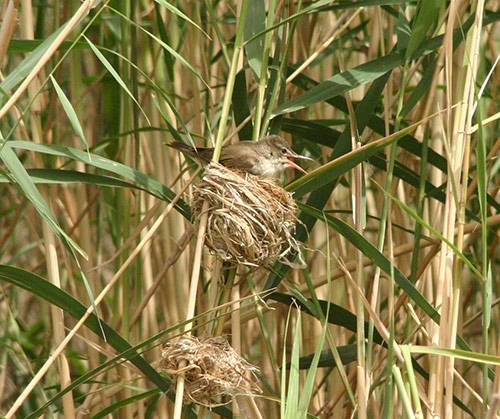
Photo: © Mudhafar Salim
Studying the possible causes leading to a threatened conservation status is crucial for conservation efforts in the Middle East and across the entire Arabian Peninsula migration route. Here, for example, the Great Reed Warbler study identified 53 IBA stop-over sites, many threatened, where the warblers would almost certainly have rested and re-fuelled for their arduous journey.
The study also showed that birds made use of at least two wintering grounds in South Sudan and on the western shores of Lake Malawi. This highlights the great value of geolocator tracking for identifying critical areas for birds’ survival that otherwise can go undetected. It also highlights the importance of protecting our IBA network of wetlands as migration corridors.
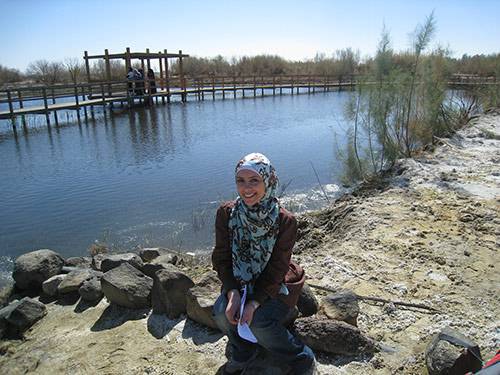
Majd Abu Zaghlan is the Regional Communications Officer for BirdLife International’s Middle East Secretariat.
